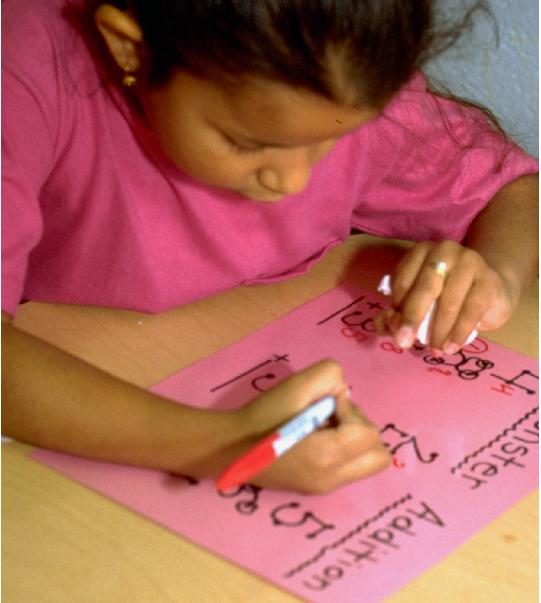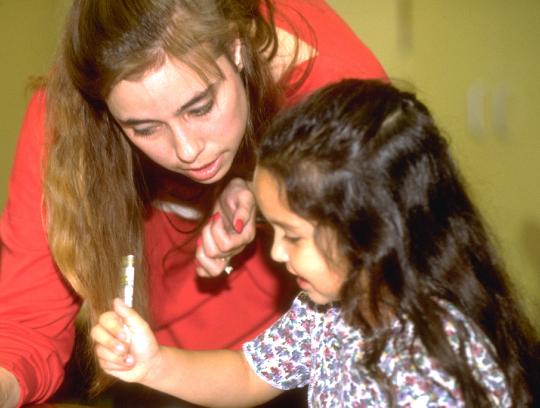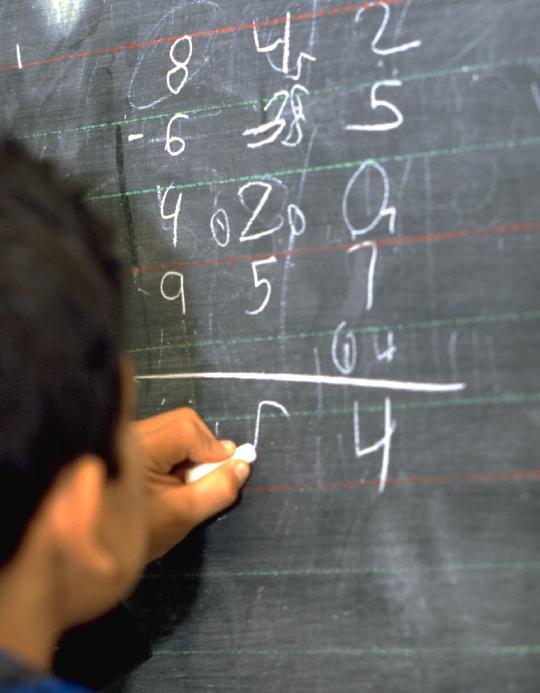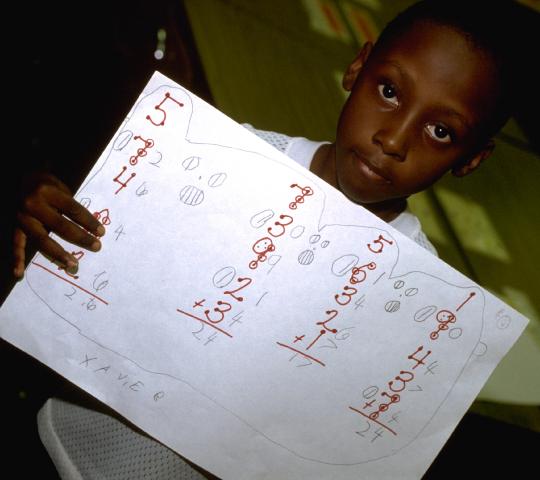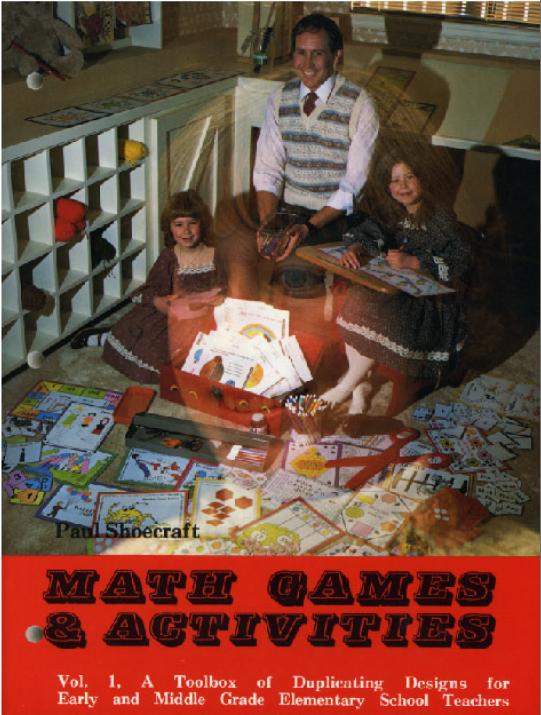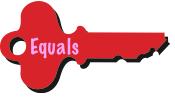 |
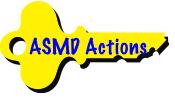 |
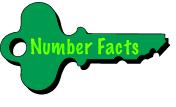 |
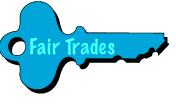 |
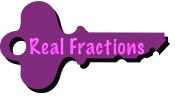 |
||||||||||
 |
|||||||||
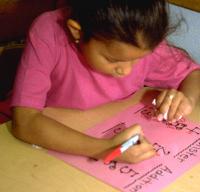 |
|||||||||
 |
|||||||||
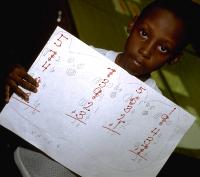 |
|||||||||
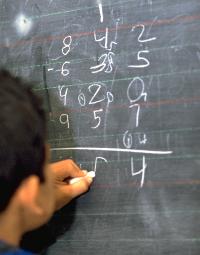 |
|||||||||
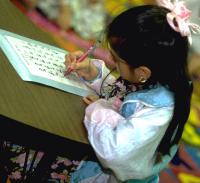 |
|||||||||
For exporting, the truck arrives at Fair Lands™ empty but with a purchase order. The job is to fill the order with the blocks that are in Fair Lands™. Frequently, this will require taking a block to the bank or to “make change” — to trade for its equivalent in smaller blocks. With the blocks from the bank, Fair Lands™ is momentarily “illegal,” but in loading the truck, it is made safe again. What is in Fair Lands™ when the truck arrives is the minuend, and the amount on the purchase order is the subtrahend. The difference (answer) is what is left in Fair Lands™ after the order has been filled. (See for a sample problem. Hover the cursor over the packing list to enlarge it and click on any of the blocks to see how the difference was computed.)
YouTube video: (2:34)
YouTube video: (2:31)
YouTube video: (2:52)
As with Fair Trades Up and Fair Trades Down, switch back and forth between importing and exporting, doing one for about a week, then the other for about a week, and so on. In being opposites, they give meaning to one another.
Pulling the Keys Together
Think back to the keys that have been covered: the Equals key, ASMD Actions key, and Number Facts key. The Fair Trades key completes the prerequisites for understanding whole number arithmetic. This can be seen in examining any number sentence such as 6 + 9 = 15. The equal sign is now understood to mean “is the same as,” the plus sign as “just combining,” the numerals 6 and 9 as representing six tally marks and nine tally marks, respectively, and the 15 as the result in Ten Land of trading ten things the same for one of the next bigger thing with 5 left over.
Arithmetic is ALL THREE: Basics, Concepts, and Applications (Problem Solving)
Arithmetic fits into three overlapping but somewhat distinct categories: basics, concepts, and applications (problem solving). Basics includes the number facts, which is one of the keys, and the paper and pencil skills for adding, subtracting, multiplying, and dividing, which are the culminating activities for this key—the Fair Trades key. Concepts deals with the ideas and ways of thinking that are fundamental to understanding basics and are covered in the Equals Key, the ASMD Actions Key, and this key. Applications is solving problems using all of the keys in combination with one another.
A hallmark of ALL KIDS CAN LEARN ARITHMETIC has always been the belief that basics, concepts, and applications are equally important and should be linked together because each provides a unique perspective on arithmetic. However, from 1989 until recently, this belief was “politically incorrect.” The so-called correct position was that arithmetic should be taught solely from the perspective of applications because calculators were making computation obsolete. BALONEY, as can be seen by opening any high school or college algebra book. In addition to the literal (letter) numbers like x, y, and z in such books, there are a lot of “regular” numbers that have to be added, subtracted, multiplied, and divided. Not withstanding, it took until 2006 for the National Council of Teachers of Mathematics (NCTM) to reinstate computation as an important objective.
There Are Lots of Ways to Add, Subtract, Multiply, and Divide
You may be surprised to learn that there are lots of ways to add, subtract, multiply, and divide. Visit the to see some of the ways, some of which you may not have seen before.
An algorithm is a step-by-step procedure for solving arithmetic problems without having to use blocks or counters. Some of them are easy to learn, non-stressful to use, and nearly always yield the correct answer. Others are just the reverse. ALL KIDS CAN LEARN ARITHMETIC expects mastery of only some of the algorithms in the center—those that rank high in attributes favorable to students. Those that rank otherwise are taught, but not overly so and not to mastery.
When bookkeeping was done with paper and pencil, the time it took to get an answer mattered, so the preferred algorithms were ones that involved a minimum of recording. Less recording, though, meant more to be done mentally, thus more stress, a greater likelihood of making a mistake, and the need to start all over again if interrupted. With few exceptions, these algorithms are still being taught today as if they are the only ones known or allowed. That is just plain stupid.
CONTINUED: Next > | 1 | 2 | 3 | 4 | 5 | 6 | 7 | 8 | 9 | 10 | 11 | 12 | 13 | 14 | < Back
Math Games & Activities, Vol. 1
Activities for all major topics in number, geometry, and measurement in elementary school math. More than 50 games and nearly 80 activities, worksheets, and instructional aids, many for early childhood. Diagnostic/prescriptive games for whole number arithmetic.
Answer key and more than 100 pages of concise, easy-to-follow instructions.
Grades K-5, 332 pages of reproducible black-line masters with permission to duplicate.
Order from this website or Pearson Learning.
